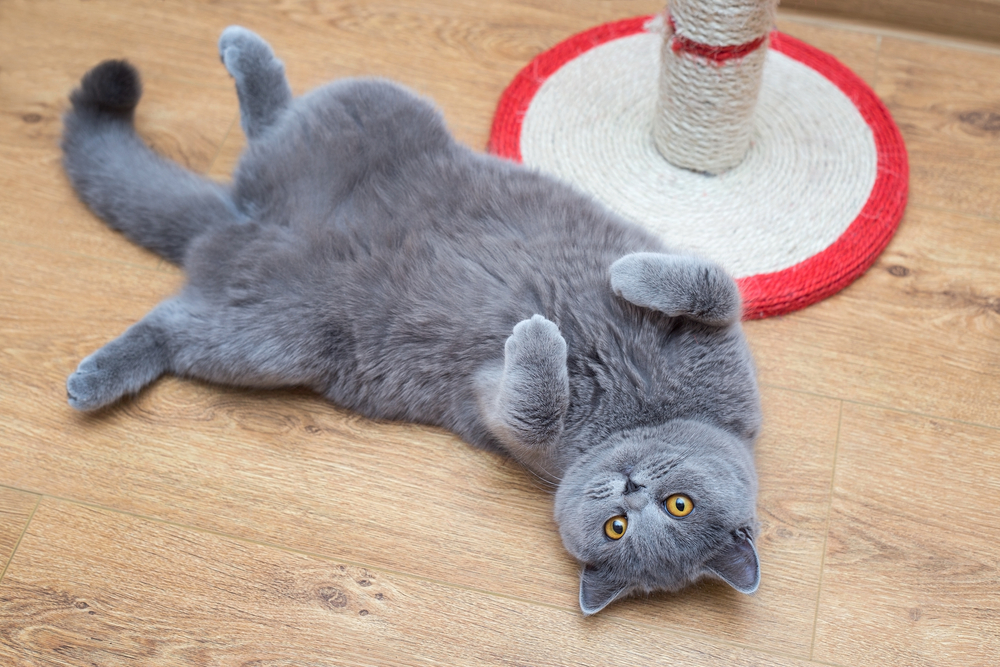Cats have been admired by humans for thousands of years. From ancient Egyptian temples to modern homes, they have maintained an air of elegance, agility, and independence that has captivated people across cultures. According to evolutionary science, cats are not just charming pets, they are among the most finely tuned predators on Earth. Their anatomy, sensory abilities, and behavior all point to one conclusion. Cats are nearly perfect creatures, shaped by millions of years of natural selection to become exceptional survivors and hunters.
The Origins of the Domestic Cat
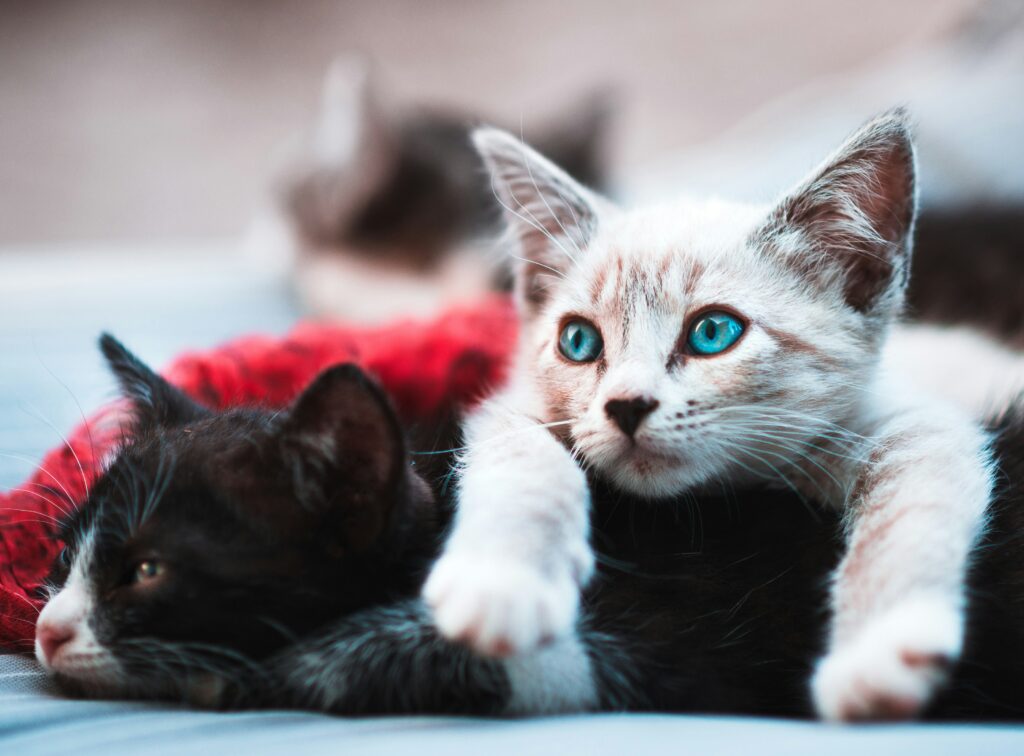
Domestic cats, scientifically known as Felis catus, descended from the African wildcat (Felis lybica). This species still roams parts of Africa and the Middle East and closely resembles today’s domestic cat. Genetic studies suggest that cats began living alongside humans around 9,000 years ago, primarily in the Fertile Crescent region. Early agricultural societies unintentionally encouraged this relationship. As grain was stored in villages, rodents were attracted in large numbers. Wildcats who were less fearful of humans found abundant food and safety, and humans in return benefited from pest control.
Over generations, these cats became more accustomed to human presence, and some eventually lived within human dwellings. Unlike dogs, which were domesticated through active breeding and cooperation with humans, cats underwent a more subtle process of self-domestication. This unique path preserved many traits of their wild ancestors, especially their hunting instincts.
The Anatomy of a Perfect Predator

A cat’s body is built for stealth and efficiency. Every part of its anatomy serves a purpose in hunting and survival. One of the most striking features is their retractable claws. This adaptation allows cats to keep their claws sharp for hunting while also enabling silent movement. By keeping their claws sheathed while walking, cats avoid unnecessary wear and maintain stealth, making them excellent stalkers.
Their musculoskeletal system is also highly specialized. Cats have flexible spines, powerful hind legs, and a lightweight skeletal structure. This allows them to jump up to six times their body length in a single leap. Their tail acts as a counterbalance during such movements, providing stability and precision. This combination of agility, power, and control is rare in the animal kingdom.
Cats also have a remarkable balance system due to a specialized structure in their inner ear. This allows them to land on their feet almost every time they fall, a phenomenon known as the righting reflex. This evolutionary trait improves their chances of survival in high or unstable places, which are often part of their environment.
Superior Senses for Hunting and Survival
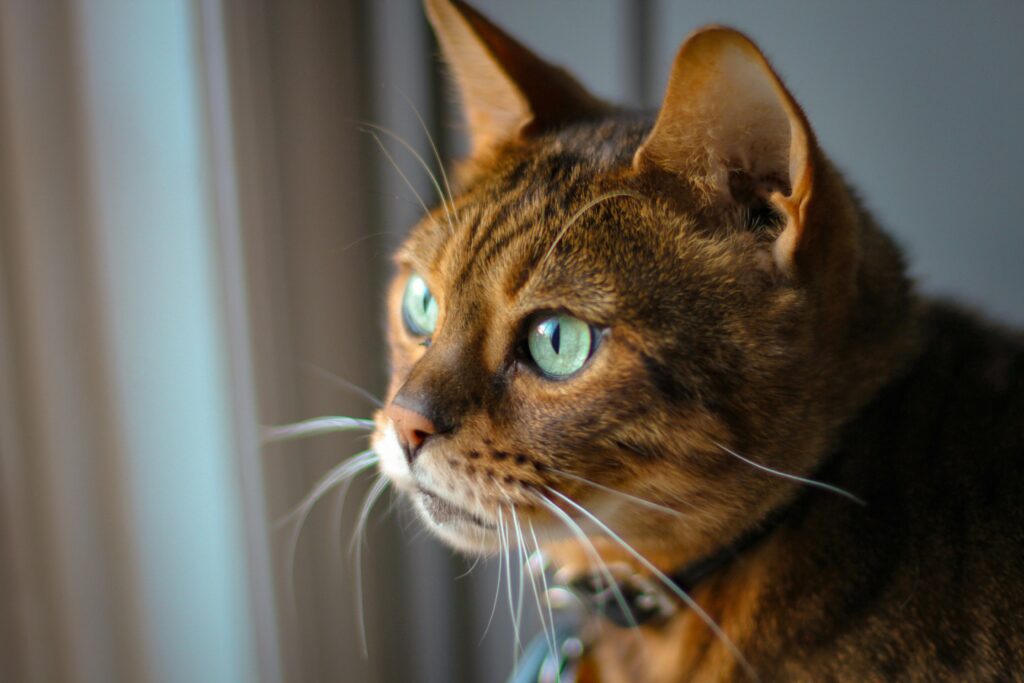
Cats are equipped with senses that surpass those of humans and many other animals. Their eyesight, for example, is highly adapted for low-light environments. Cats can see in near darkness, giving them a significant advantage as crepuscular hunters, most active during dawn and dusk. Their eyes contain a high number of rod cells, which are sensitive to dim light, and a reflective layer called the tapetum lucidum, which enhances night vision by reflecting light back through the retina.
Hearing is another area where cats excel. They can detect frequencies up to 64 kHz, compared to humans who hear only up to 20 kHz. This allows cats to hear the high-pitched sounds made by rodents and other small prey. Their ears can rotate independently up to 180 degrees, enabling them to pinpoint the exact location of a sound source.
Their sense of smell, while not as advanced as that of dogs, is still impressive. Cats use scent to mark territory, identify individuals, and detect pheromones. The Jacobson’s organ, located in the roof of their mouth, allows them to analyze chemical compounds in the environment. This is why cats sometimes make a strange face known as the Flehmen response when analyzing a scent.
Behavioral Perfection

Cats exhibit behaviors that are highly efficient for both solitary living and hunting. Unlike pack animals, cats are solitary predators by nature. This means they do not rely on others for food or protection, a trait that allows for greater independence and adaptability. They can survive in a wide range of environments, from urban areas to rural farms and wild forests.
Their grooming behavior is not only for cleanliness but also serves a thermoregulatory function and helps in stress reduction. Grooming also removes scents from their fur, helping them remain undetectable to prey and predators alike.
Territorial behavior is another aspect of their evolutionary refinement. Cats mark their territory using scent glands in their cheeks, paws, and flanks. This reduces conflict and helps maintain a stable living environment. When threatened, they use a combination of body language, vocalizations, and physical displays to communicate warnings before resorting to violence, conserving energy and avoiding unnecessary injury.
Read More: AI Technology May Finally Decode What Your Cat Has Been Trying to Tell You
Efficient Energy Use
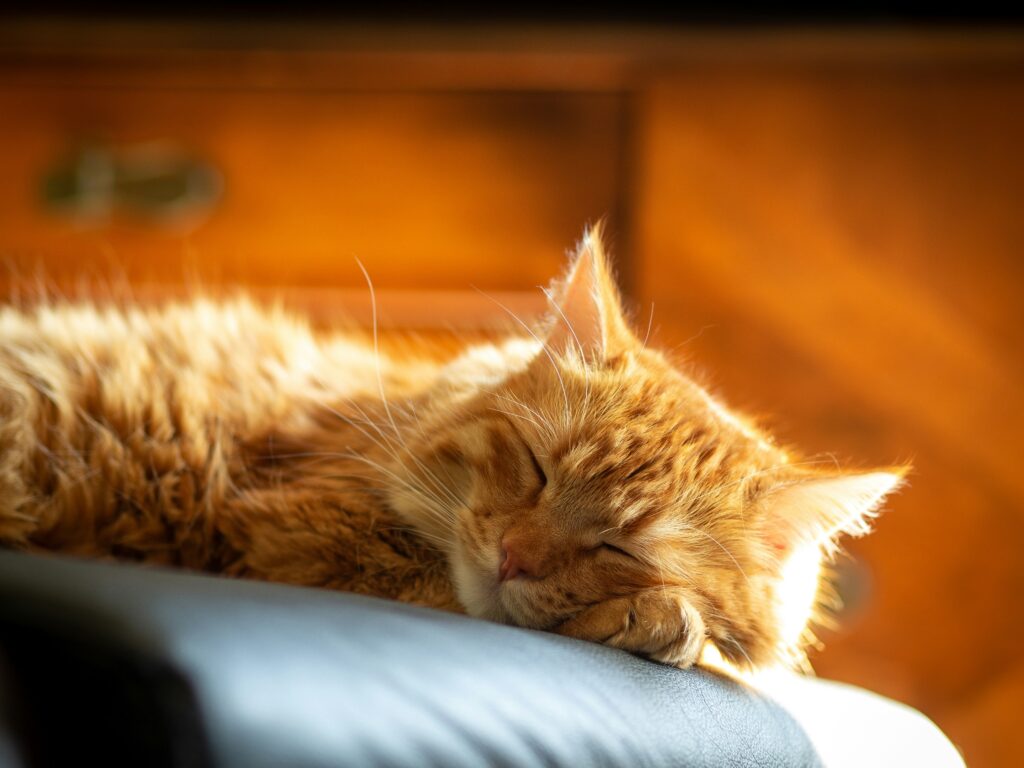
Cats have evolved to be energy-efficient. In the wild, they can spend up to 16 hours a day sleeping or resting. This behavior conserves energy for the intense bursts of activity required during hunting. Even domestic cats retain this pattern, sleeping long hours and exhibiting short bursts of high-energy play. Their metabolism is finely tuned to accommodate this hunting and resting cycle.
Additionally, cats are obligate carnivores, meaning their diet must consist mainly of meat. Their bodies have adapted to process proteins and fats with great efficiency. They lack certain enzymes needed to process plant matter, which is why feeding cats a vegetarian diet can be harmful. Their digestive systems and nutritional needs are another example of evolutionary specialization.
Adaptability and Survival Skills
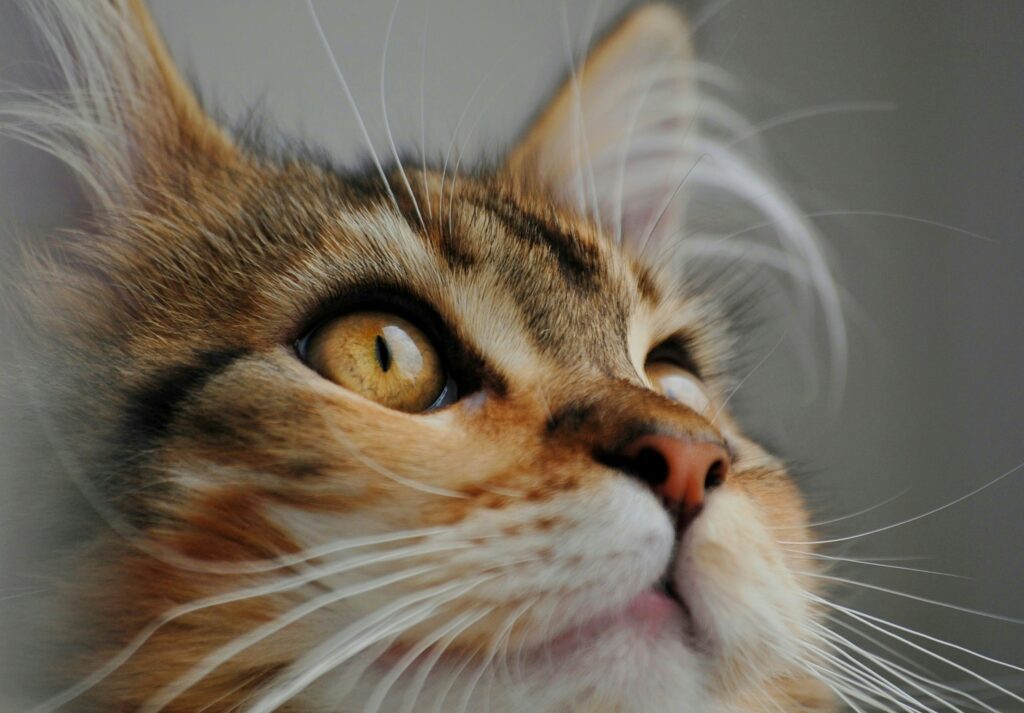
One reason cats are found in nearly every part of the world is their incredible adaptability. They can thrive in a variety of climates and environments. Their small size, agility, and hunting skills make them capable of surviving in areas where larger predators might struggle.
Cats are also skilled at learning from their environment. They observe and adapt quickly to changes, whether it’s a new food source, a potential threat, or a shift in social dynamics. This intelligence and problem-solving ability further support their reputation as nearly perfect creatures.
Even in urban environments, feral cats form colonies, establish territories, and develop complex social structures. While not pack animals, they are capable of coexisting and cooperating when it benefits their survival.
Read More: 40 Reasons Why Cats Are Truly Irreplaceable Companions
Conclusion
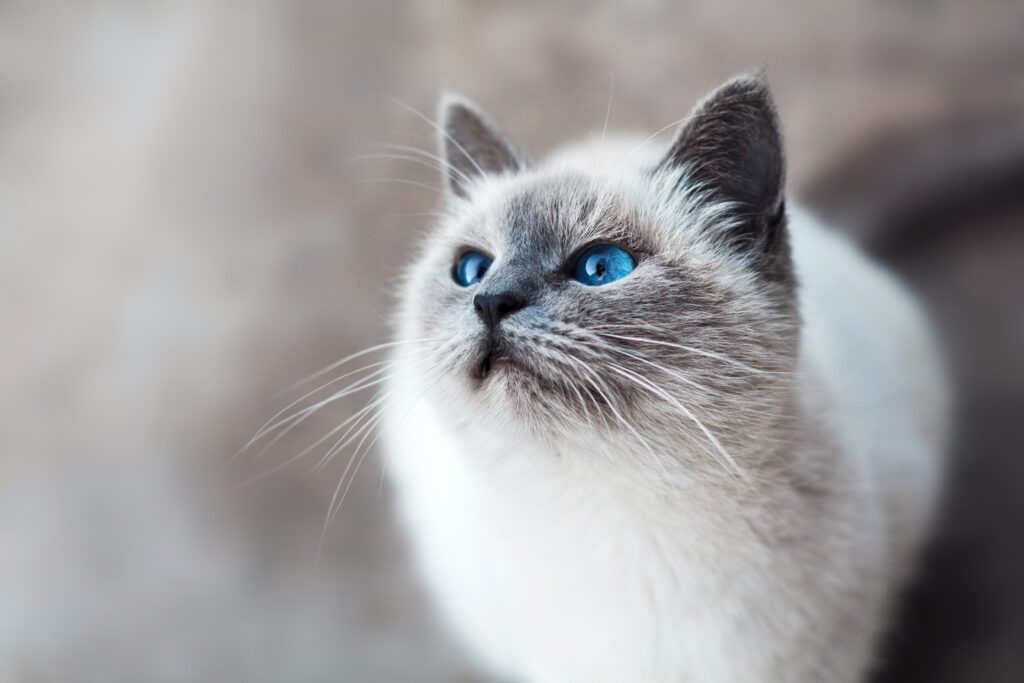
Evolution has shaped the cat into a creature of remarkable ability and resilience. From their silent, calculated movements to their powerful sensory capabilities, cats embody the efficiency and precision of natural selection at its finest. Their anatomy, instincts, and behavior are perfectly tuned to their role as solitary hunters and survivors. Whether they are prowling through tall grass or curling up on a windowsill, cats represent an evolutionary success story that continues to unfold.
Humans may value cats for their companionship, but from a scientific standpoint, their success lies in their mastery of survival. They do not rely on humans for their survival, but rather coexist with us by choice and mutual benefit. This balance of independence and connection is yet another trait that makes them unique.
Cats are not only beautiful and mysterious, they are one of the most finely crafted products of evolution. In the grand scheme of nature, few creatures can claim the same level of perfection as the domestic cat.
Disclaimer: This article was created with AI assistance and edited by a human for accuracy and clarity.
